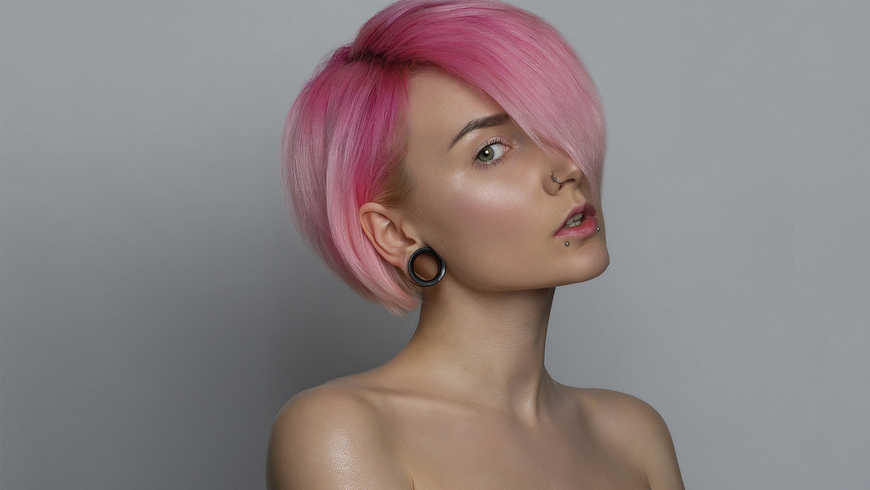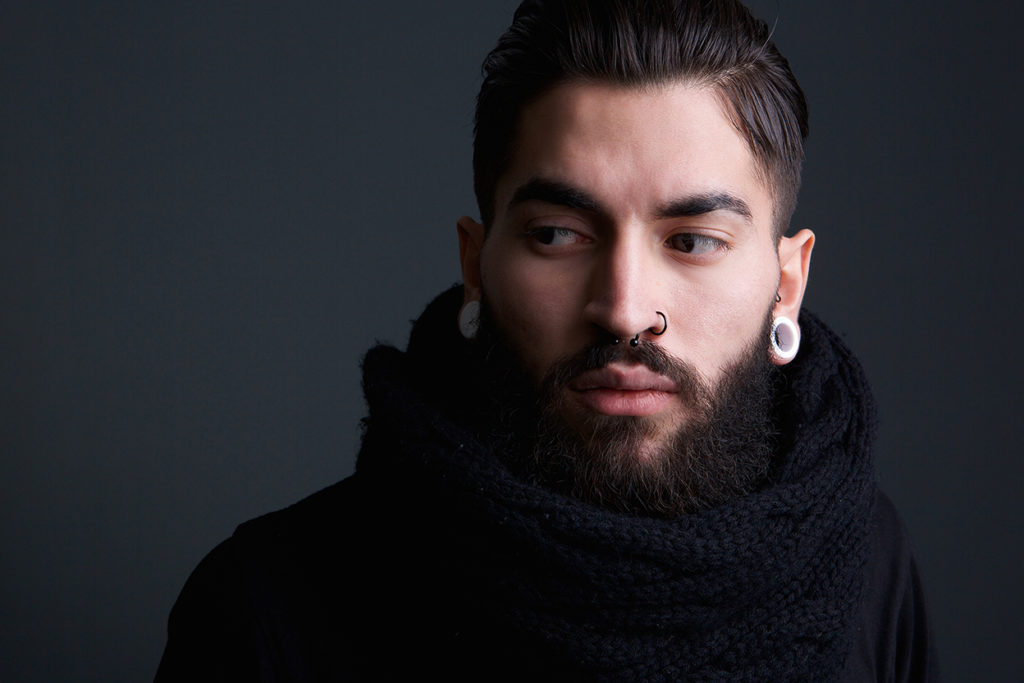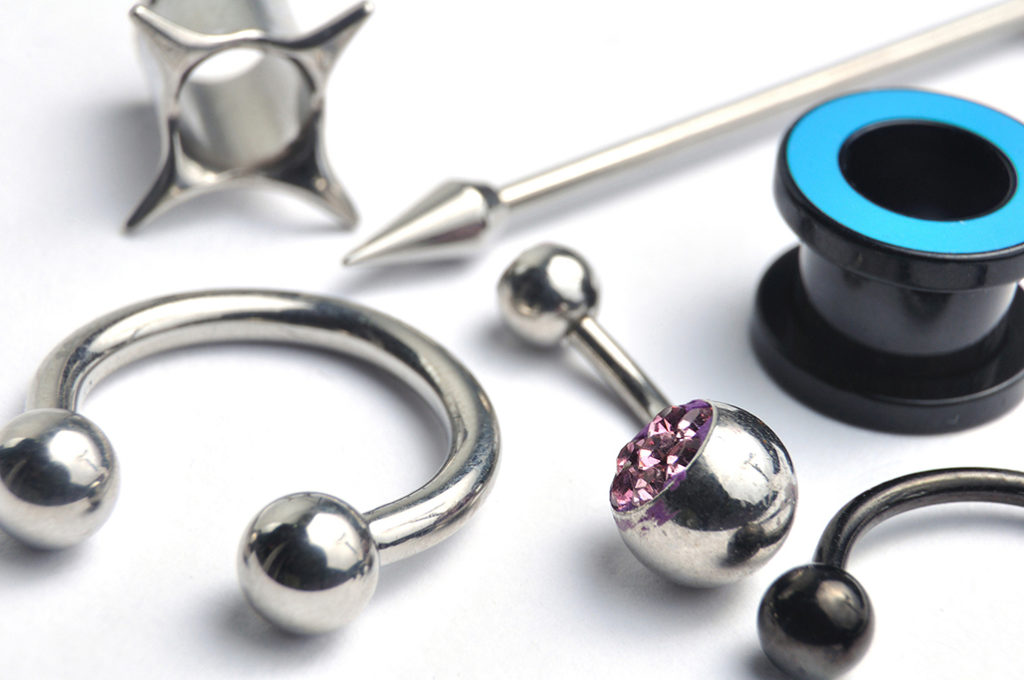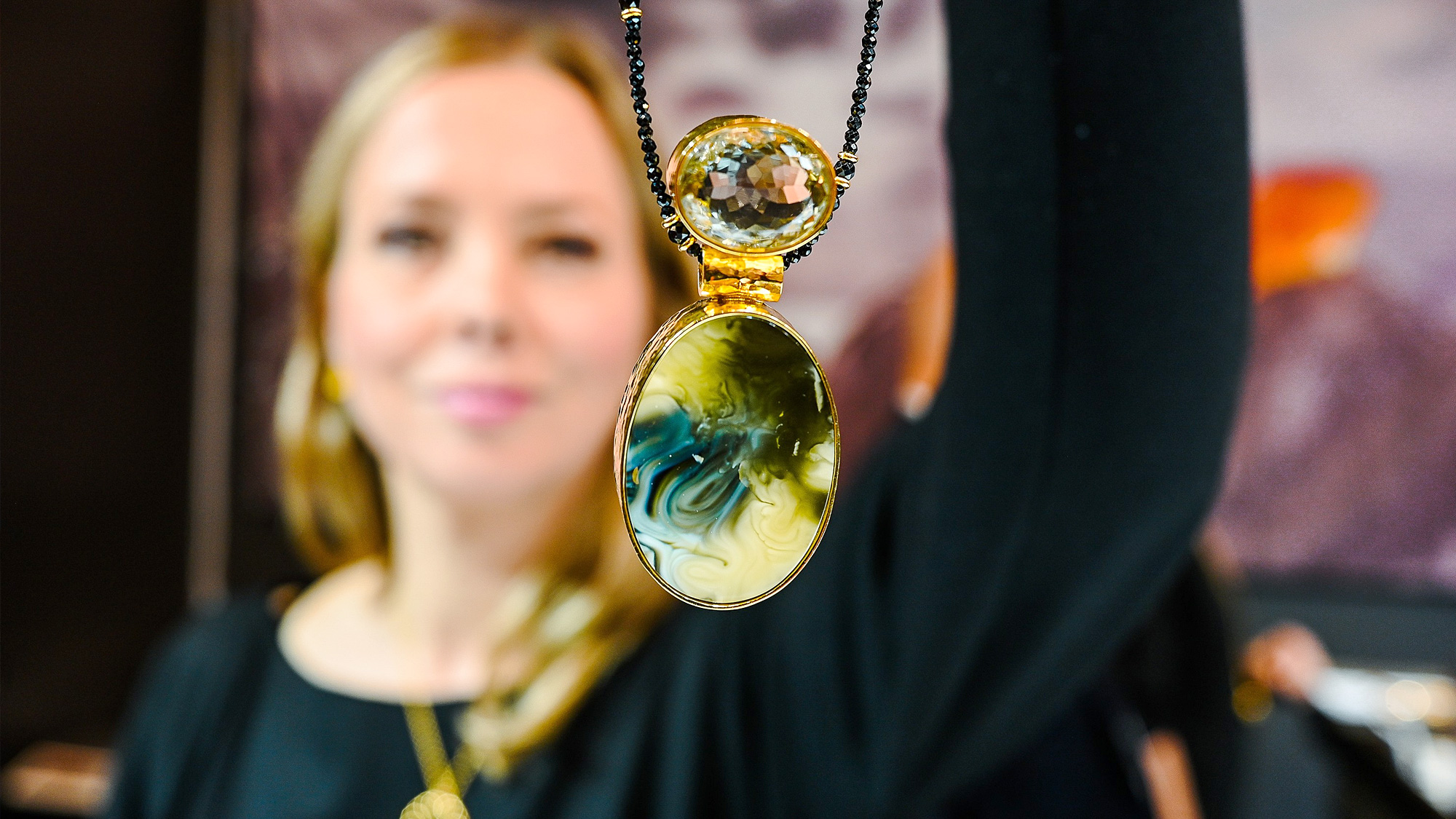Piercing, the jewel for the body

The practice of piercing has its roots in history and in the customs of many different cultures. Today this trend is much loved by stars; it is increasingly popular, and not only among young people.
A gold capsule, with or without brilliants or stones, a ring, a stick or a sphere. Piercing is no longer a simple ornamental object, but a real jewel is worn first of all by stars – and not by chance, given that it is they who often inspire us. Whether it is in the ear, nose, mouth, eyelid, eyebrow, tongue, bellybutton, breast or genitals, there are many famous artists of the cinema and music who have chosen it to beautify their body.
Which look to choose? The possibilities are endless. You can opt for more eccentric styles like those of actresses and singers Nicole Richie, Miley Cyrus or Fergie, to the more sensual and daring ones of models Kendall Jenner and Bella Hadid who pierced their nipple, or even the more sober yet greatly charming ones of American actress Jennifer Lawrence, and of Emma Watson, interpreter of Hermione in “Harry Potter” who even decorates hair with piercings.

More beautiful. Different
But where does this custom come from and what meanings does it have? Piercing has tribal origins. In many primitive societies, it was used as a means to decorate the body, to improve physical performance, to be more attractive, to carry out specific rituals, to communicate information about oneself or to distinguish oneself within the tribe and to regulate relationships with others, both in daily life and during ceremonies. Ancient Egypt’s pharaohs, for example, wore navel piercing as a sign of purity. In the Aztec and Mayan temples, priests pierced their tongues during rituals to communicate with the gods. The pierced chest of men was considered by ancient Romans a sign of strength, virility and resistance. Whereas, Eskimo women and those of African tribes pierced their lips as a means of seduction.
Password: personalizing
With these many different intentions, man has modified his body since the beginning of his history, adorning it with piercings. If the ancient tribal meaning of this practice, which followed very precise rules within each community, has been lost in time, today the main reason pushing people to „personalize“ their body is purely aesthetic. And it doesn’t follow common practices anymore but is dictated by the taste of each individual, be it, man or woman.
The materials: without limits, but with caution
It is steel, surgical steel, the most used material for piercing jewels. However, there is a percentage of nickel in it that can range between 8% and 12%, which sometimes causes allergic reactions even in the form of an alloy. This is why titanium tends to be preferred over steel since it does not contain nickel and weighs half: it is found in different varieties of colours, except red and black, and it is ideal for people who have very sensitive skin.

If instead “noble” metals are preferred, it is undoubtedly 14 and 18-carat gold the most appropriate for body jewelry. Careful, though: the higher the carats and the softer the gold becomes, while carats of less than 14 may cause rejections or permanent reactions. Silver instead is not recommended at all for still fresh or not completely healed holes: it can oxidize and the residues settle on the skin. Also, in this case, the presence of nickel might cause allergic reactions.
The considerable diffusion of piercings even among the youngest (remember that it is forbidden to do piercings and tattoos to kids under the age of eighteen without parental consent) has favoured the development of alternative materials: jewels are cheaper to buy and therefore more easily interchangeable. Among these, PTFE (nylon monofilament and Teflon) is the master, as 100% safe and very flexible. Not to forget Bioplast, complying with all the standards of materials used for body jewelry, Pyrex glass, but also amber (natural and synthetic), quartz, horns and buffalo bones. On the other hand, wood jewels for piercing are very delicate and demanding. They must be greased daily with natural oils and regularly subjected to careful maintenance.
 Palakiss International Fair: Spring 2024, Jewelry back in the Spotlight!
Palakiss International Fair: Spring 2024, Jewelry back in the Spotlight!
 Remarkable outcomes for the 69° Bangkok Gems and Jewelry Fair
Remarkable outcomes for the 69° Bangkok Gems and Jewelry Fair
 AMBERIF 2024
AMBERIF 2024